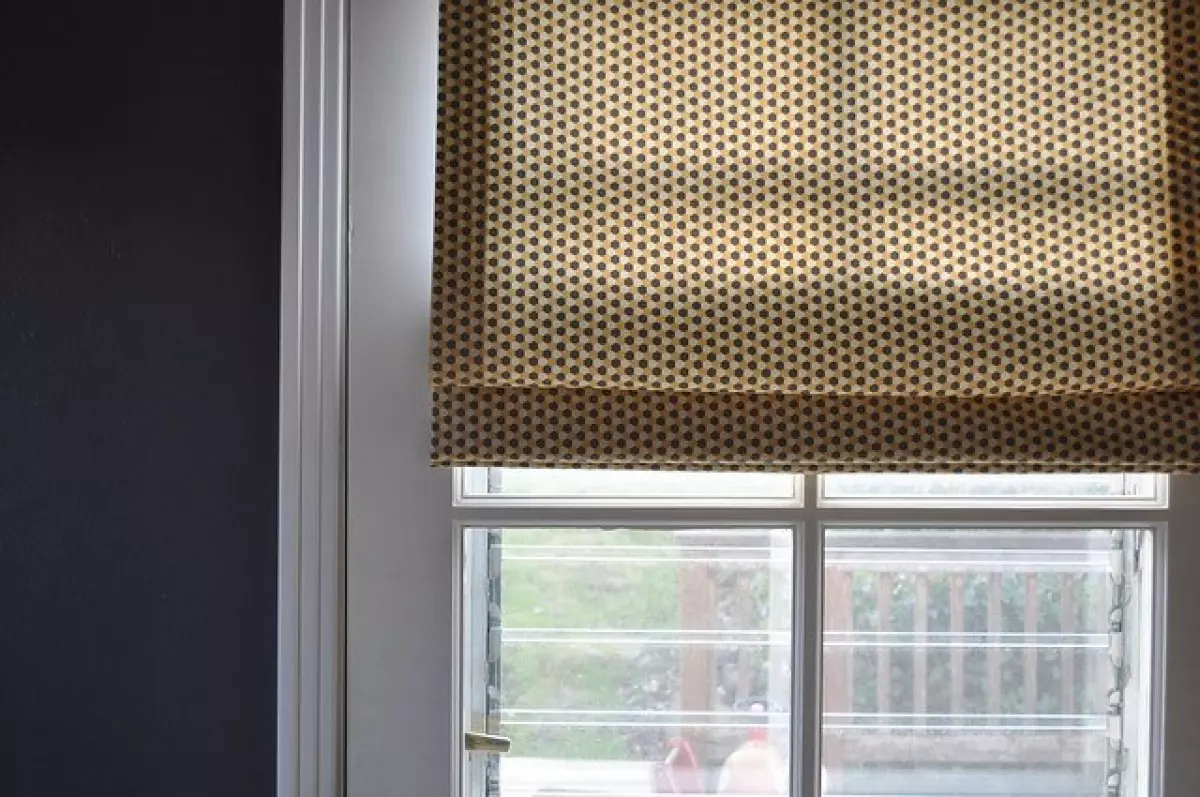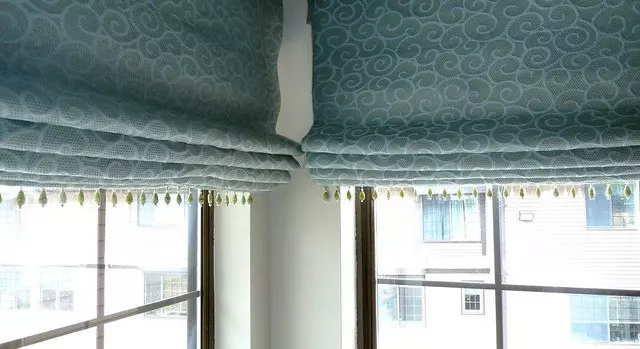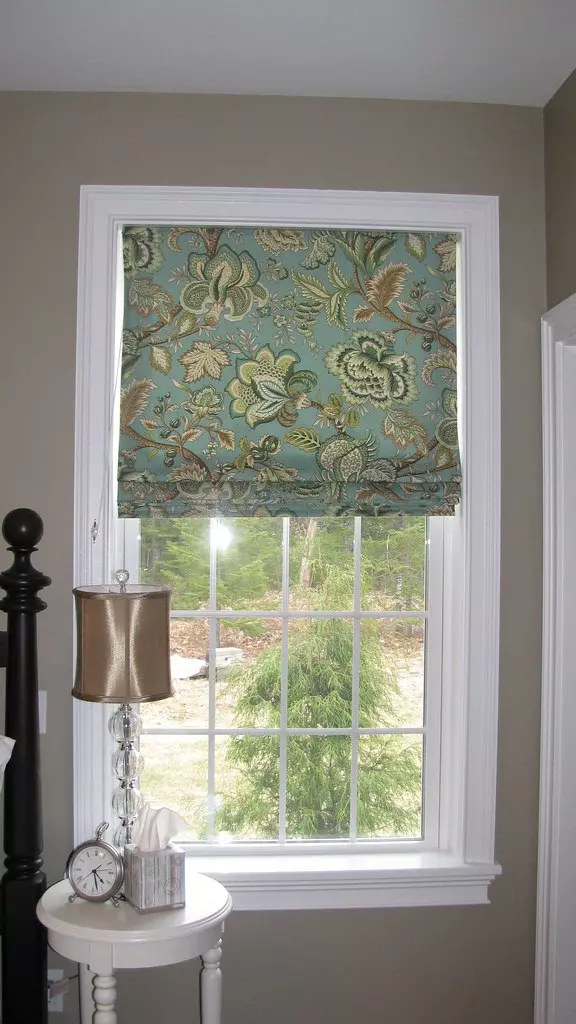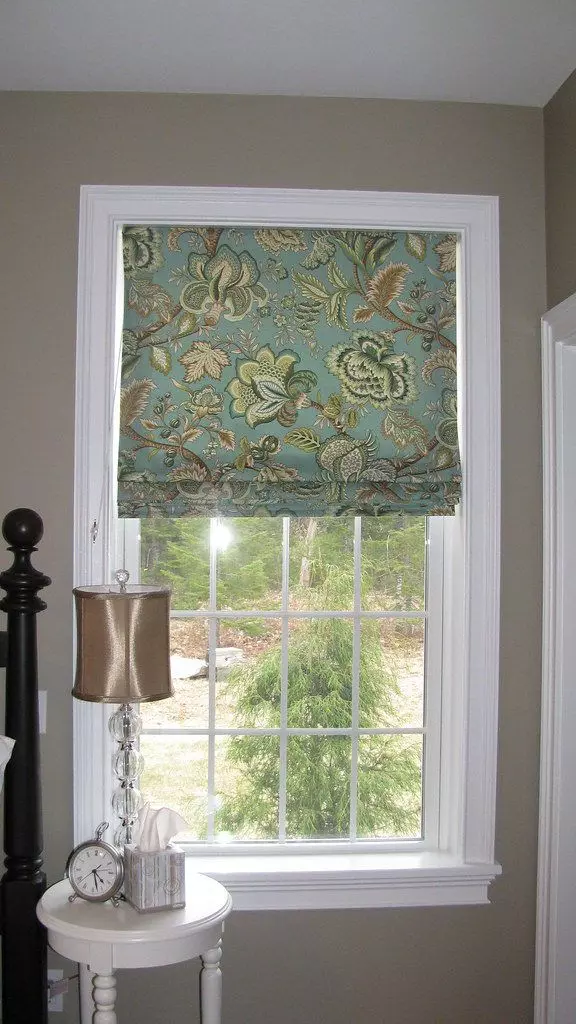When you're feeling like your home needs a fresh look, have you considered changing up your curtains? Curtains are often overlooked as a home décor option, but they can add style and privacy to any space. If you're the DIY type, creating your own curtains may have crossed your mind. While traditional curtains can be complicated, Roman shades offer a fun and easy alternative. In this article, we'll explore everything you need to know about making your own Roman shades.
What Are Roman Shades?
Roman shades are a simple and elegant curtain design that uses a single piece of fabric to cover windows. Unlike traditional window shades, Roman shades can be stacked up by pulling on cords found on either side of the curtain. This design allows them to function similarly to vertical shades and blinds while displaying the fabric pattern beautifully.
Choosing the Perfect Fabric
When it comes to Roman shades, the fabric you choose is essential. The design of Roman shades puts the fabric front and center, making it crucial to select the right material. Here are some factors to consider when choosing fabric for your Roman shades:
Pattern
Roman shades are an excellent choice for showcasing a fabric's pattern. If you have a fabric with a beautiful pattern that you love, Roman shades can highlight it wonderfully.
Translucency
Considering the level of privacy and amount of light exposure you desire is crucial when selecting fabric for Roman shades. Thinner materials offer mild privacy and better light exposure, while thicker fabrics can provide complete blackout.
Pliability
The pliability of the fabric is also important. Roman shades should be able to fold properly when retracted. Testing the fabric's ability to fold by manually folding it yourself is recommended to ensure it behaves as desired.
Fabrics to Avoid
While most fabrics will work well for Roman shades, it's best to avoid heavy-weight fabrics and those with thick patterns or embellishments. Fabrics made of two layers woven together should also be avoided as they won't pleat nicely.
 Photo by Kim Love (Creative Commons Attribution-Share Alike 2.0 licence)
Photo by Kim Love (Creative Commons Attribution-Share Alike 2.0 licence)
DIY Roman Shades with Dowels
Roman shades can be quite expensive, but you can easily create your own. One popular method involves using dowels. Here's a step-by-step guide for creating DIY Roman shades with dowels:
Materials and Supplies
- Fabric (width equal to the window width + 6 inches, length equal to window length + 16 inches)
- Traverse cord or Roman shade cord (two pieces: one piece equal to window height + top length + allowance, second piece equal to window height + allowance)
- 30-inch wooden dowels
- 1 x 2-inch wood (length equal to window width)
- ¼-inch screw eyes
- Chalk or marking tool
- 1 cleat
- Screwdriver
- Sewing machine and heavy-duty thread
- Staple gun with 1/3-inch staples
Procedure
- Hem the sides and bottom edges of the fabric.
- Mark lines at 10-inch intervals from the bottom edge of the fabric to create folds.
- Stitch the marked lines together to create small sleeves.
- Attach screw eyes to the wood and mount it to the window.
- Attach the fabric to the wood using a staple gun.
- Insert the dowels into the sleeves.
- Thread cords through the screw eyes to create the lifting mechanism.
- Attach the cleat for securely tying the cords.
- Congratulations! You've successfully made your own Roman shades.
 Photo by Blinds Online (Creative Commons Attribution-Share Alike 2.0 licence)
Photo by Blinds Online (Creative Commons Attribution-Share Alike 2.0 licence)
Alternative DIY Roman Shades Variations
If you're looking for quicker options or want to hide unsightly hardware, here are a couple of alternative DIY Roman shade variations.
Faux Roman Shade
A faux Roman shade is a great way to quickly hide the hardware of your blinds. While it doesn't function as a traditional Roman shade, it provides a stylish solution. Here's how to make a faux Roman shade:
- Fabric (width equal to window width + 9 inches, length depends on desired look)
- Fabric for lining
- Coordinating thread
- Straight edge and rotary cutter
- Hem tape
- 1 x 3 piece of wood (width equal to window width - 3 inches)
- Drill
- Measuring tape and level
The procedure involves sewing the fabric, attaching it to the wooden board, and hanging it over your window. The result is a visually appealing faux Roman shade that hides the hardware of your blinds.
 Photo by curtainsbyjoanne (Creative Commons Attribution-Share Alike 2.0 licence)
Photo by curtainsbyjoanne (Creative Commons Attribution-Share Alike 2.0 licence)
Using Mini Blinds for DIY Roman Shades
If you prefer fully functional Roman shades but don't want to start from scratch, using mini blinds can make the process quicker and easier. Here's what you'll need:
- Fabric (width 6 inches wider than the window, length 6 inches longer)
- Fabric lining
- Mini blinds
- Fabric glue or permanent fabric adhesive
- Flat artist's paintbrush or foam brush
- Ruler
- Pins
- Sewing machine or hem tape
- Scissors
The procedure involves preparing the mini blinds, sewing the fabric, and attaching it to the mini blinds using fabric glue. This method allows for fully functioning Roman shades without the need for wooden dowels.
 Photo by curtainsbyjoanne (Creative Commons Attribution-Share Alike 2.0 licence)
Photo by curtainsbyjoanne (Creative Commons Attribution-Share Alike 2.0 licence)
In Conclusion
Revamping your home with stylish Roman shades is a fantastic way to add elegance and functionality to your windows. Whether you opt for the DIY Roman shades with dowels, a faux Roman shade, or utilize mini blinds, you'll enjoy the process of creating your own custom window treatments. So, why not give it a try and elevate the look of your home with handmade Roman shades?









